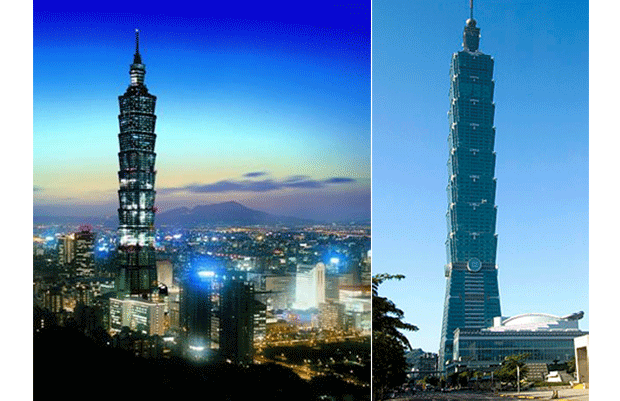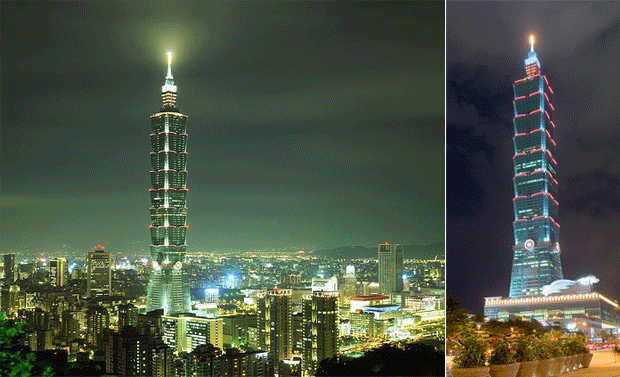|
Taipei 101 may no longer be the world’s tallest
building but now it has another coveted title to its credit-“World’s
tallest green building”. In 2007 Burj Khalifa which is 828 m high
surpassed the Taipei 101 (506 m high) to become the world’s tallest
building. Taiwan has invested $1.8 million in energy efficiency upgrades
which are expected to yield $20 million annually in savings or 14.4
million kilowatt-hours of electricity or an 18 percent energy-saving,
over three years and thus made Taipei 101 the world’s tallest green
building.
|
|
 |
|
The Taipei 101 received the LEED platinum status, the top rating that
can be provided based on the performance of the building as a green
building. It is the highest certification and top honor for green
buildings. It is the largest scale building with the LEED platinum
rating with a total area of 148,645m2.
|
|
 |
|
Although tall buildings are commonly known as unsustainable, this
building is setting an example on what tall buildings can do in terms of
sustainability. The owners of Taipei 101 took the service of SLA
International Asia Inc., Siemens and EcoTech International Inc. to
complete the eco-upgrades. The upgrades include making the major energy
systems used for heating, cooling and ventilation more eco-friendly,
upgrading the lighting, etc. This has now set the new trend for the
skyscrapers. Presently 40% of newly built skyscrapers have submitted for
the green building status.
|
|
 |